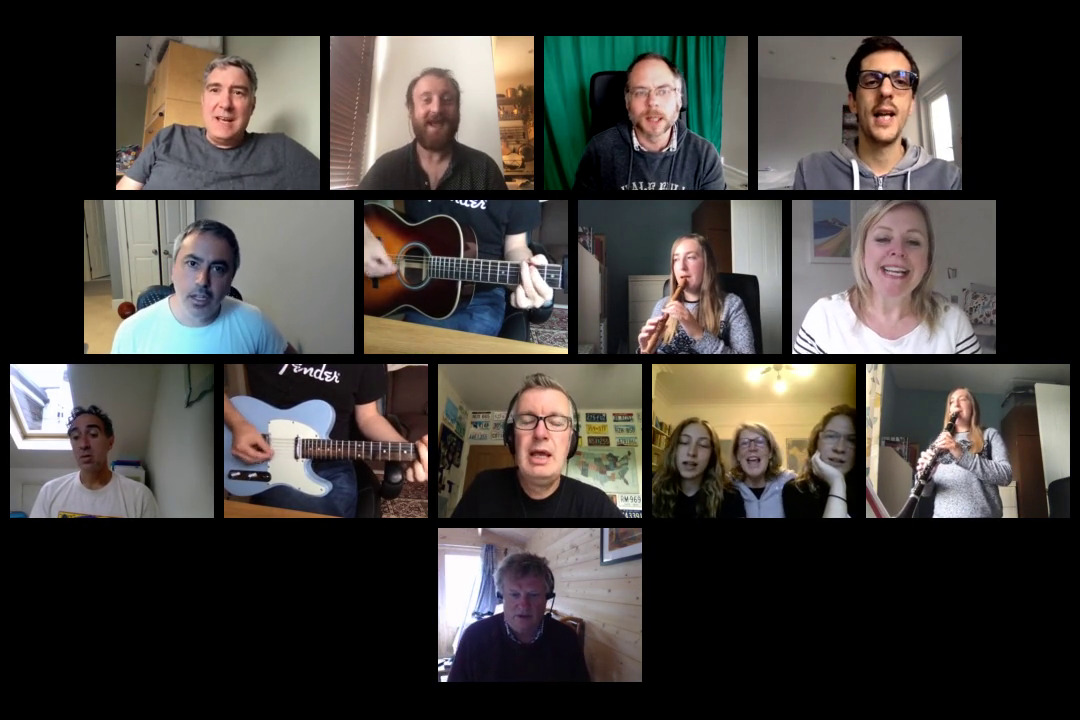A library and command to extract the smiliest image from a video
Project description
Smiler
This is a library and CLI tool to extract the "smiliest" of frame from a video of people.
It was developed as part of Choirless as part of IBM Call for code.
Installation
% pip install choirless_smiler
Usage
Simple usage:
% smiler video.mp4 snapshot.jpg
It will do a pre-scan to determine the 5% most changed frames from their previous frame in order to just consider them. If you know the threshold of change you want to use you can use that. e.g.
The first time smiler runs it will download facial landmark data and store it in ~/.smiler
location of this data and cache directory can be specified as arguments
% smiler video.mp4 snapshot.jpg --threshold 480000
Help
% smiler -h
usage: smiler [-h] [--verbose] [--threshold THRESHOLD]
[--landmarks-url LANDMARKS_URL] [--cache-dir CACHE_DIR]
[--quantile QUANTILE]
video_fn image_fn
Save thumbnail of smiliest frame in video
positional arguments:
video_fn filename for video to analyse
image_fn filename for output thumbnail
optional arguments:
-h, --help show this help message and exit
--verbose verbose mode
--threshold THRESHOLD
threshold of difference overwhich we analyse an image
--landmarks-url LANDMARKS_URL
url of facial landmark file
--cache-dir CACHE_DIR
local cache to store the landmark file in
--quantile QUANTILE quantile of images to analyse
Verbose mode
If you specify the --verbose flag to the CLI then smiler will
print out a progress bar as it goes along to show you have it's doing.
Use as a library
Smiler can be imported and used in a library. You are responsible for supplying paths to the facial landmark data and model, but help functions in the module can help.
from choirless_smiler.smiler import Smiler, load_landmarks
landmarks_path = load_landmarks(landmarks_url, cache_dir)
smiler = Smiler(landmarks_path, model_path)
fg = smiler.frame_generator(video_fn)
threshold = smiler.calc_threshold(fg, quantile)
fg = smiler.frame_generator(video_fn)
ffg = smiler.filter_frames(fg, threshold)
smile_score, image = smiler.find_smiliest_frame(ffg)
Re-training
There are some scripts in the scripts directory in the
Github repo
to generate new images and to aid manual classification
and retraining of the model.
Project details
Download files
Download the file for your platform. If you're not sure which to choose, learn more about installing packages.
Source Distribution
File details
Details for the file choirless_smiler-1.2.1.tar.gz.
File metadata
- Download URL: choirless_smiler-1.2.1.tar.gz
- Upload date:
- Size: 301.0 kB
- Tags: Source
- Uploaded using Trusted Publishing? No
- Uploaded via: twine/3.2.0 pkginfo/1.5.0.1 requests/2.24.0 setuptools/47.1.0 requests-toolbelt/0.9.1 tqdm/4.48.2 CPython/3.8.5
File hashes
| Algorithm | Hash digest | |
|---|---|---|
| SHA256 | c0067006fa26e993c961fa314d34192b4cda9643665c57a94a3d2f9fb53123ce |
|
| MD5 | 5bd1057050e77f70f756ec5897f618b2 |
|
| BLAKE2b-256 | 57fc5a7588392402bf33b357492df497219ad4f67b60e5d31d38f47023250100 |












